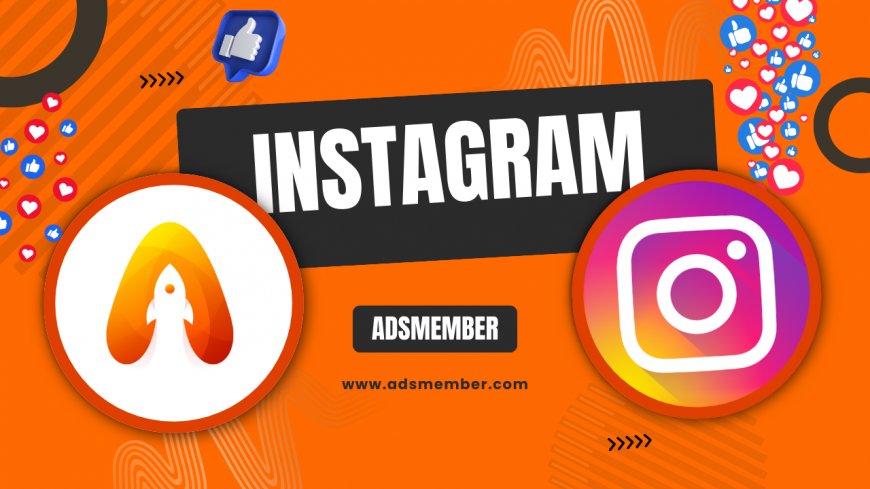How Clubhouse Is Changing Social Audio in 2023
Discover how Clubhouse is revolutionizing social audio in 2023. Learn unique strategies, growth tips, and why this voice app remains a game-changer for…

Honestly, when I first downloaded Clubhouse, I didn’t get the hype. Another social app? But after joining a few rooms, I was hooked. The raw, unfiltered conversations felt like eavesdropping on a mastermind group. In 2023, Clubhouse is still shaping the social audio landscape, even with competitors like Twitter Spaces. This app isn’t just about casual chats—it’s a goldmine for networking, marketing, and personal branding. In this guide, I’ll break down why Clubhouse matters, how to leverage it, and share unique tips you won’t find elsewhere. Let’s dive into the world of live audio!
Why Clubhouse Still Dominates Social Audio
Despite the initial boom in 2021, Clubhouse remains relevant. According to Statista, the app had over 10 million downloads by mid-2023 (Statista). Its invite-only model created exclusivity, but now it’s open to all, focusing on niche communities. In my opinion, the real magic lies in its spontaneity—conversations aren’t scripted like podcasts. You’re live, in the moment, and that builds trust. Unlike video platforms, audio lets you connect without the pressure of being camera-ready. It’s intimate, and that’s why brands and creators still flock to it.
What Sets Clubhouse Apart from Competitors?
Twitter Spaces and Spotify Live are strong contenders, but Clubhouse’s room structure feels more organic. Rooms aren’t just broadcasts; they’re interactive. Listeners can raise hands to speak, turning passive consumption into active dialogue. I’ve seen small businesses gain loyal followers just by hosting Q&A rooms. Plus, Clubhouse’s algorithm prioritizes interests over follower count, giving new users a fair shot at visibility. It’s a refreshing change from the popularity contests on other platforms.
Building Your Presence on Clubhouse
Getting started on Clubhouse isn’t rocket science, but standing out takes strategy. First, optimize your bio—use keywords related to your niche (like “digital marketing” or “tech innovation”) for discoverability. Add a clear profile picture; blurry selfies won’t cut it. Then, follow thought leaders in your space and join their rooms. Don’t just lurk—engage! Ask questions or share insights. I’ve landed collaborations just by speaking up in rooms. Consistency is key; host or join rooms weekly to build a reputation.
Step-by-Step Guide to Hosting a Room
- Pick a Topic: Choose something specific, like “SEO Hacks for 2023.” Broad topics attract less engagement.
- Schedule It: Use Clubhouse’s calendar feature to notify followers in advance.
- Invite Co-Hosts: Partner with influencers to boost credibility and reach.
- Engage Early: Start with a quick intro and ask attendees a question to break the ice.
- Moderate: Manage speakers and mute off-topic chatter to keep the room focused.
Pro tip: Record key takeaways and share them on other platforms like Instagram (Instagram Tips) for cross-promotion.
Clubhouse for Marketing: A Hidden Gem
Marketers, listen up—Clubhouse is an untapped goldmine. Unlike paid ads, it’s free to host rooms and build an audience. I’ve seen brands like startups host “Ask Me Anything” sessions and gain hundreds of leads overnight. The key is authenticity; users can smell a sales pitch from a mile away. Instead, offer value—share case studies, tips, or industry secrets. In one room I hosted, a simple storytelling session about a client’s success doubled my email signups. It’s personal, and people connect with that.
Case Study: How a Small Business Grew with Clubhouse
A friend’s boutique used Clubhouse to pivot during the pandemic. They hosted weekly rooms on “Sustainable Fashion Tips,” inviting eco-conscious influencers. Within three months, their follower count jumped by 1,200, and website traffic spiked 40%. Their secret? They didn’t sell directly in rooms. Instead, they built trust by answering questions and sharing behind-the-scenes stories. Post-room, they’d drop a subtle link to their site in their bio. It’s a slow burn, but the loyalty paid off.
Unique Clubhouse Hacks for Growth
Want to stand out? Here’s a tip most ignore: create a “Club” on Clubhouse. Clubs are like groups where you can host recurring rooms under one banner. It’s perfect for building a community around your niche. Another hack—use Clubhouse Link in your bio to drive traffic to a landing page. Just type “ch.link/yourname” and customize it with your URL. I’ve driven podcast listeners this way, and it’s a game-changer. Also, collaborate across time zones. Host rooms at odd hours to tap into global audiences. Trust me, a 3 a.m. chat with an Australian creator opened doors I never expected.
“Clubhouse isn’t just an app; it’s a networking revolution. I’ve met mentors here I’d never reach on LinkedIn.” – Sarah K., Digital Strategist
Challenges and How to Overcome Them
Clubhouse isn’t perfect. The biggest hurdle? Time commitment. Rooms can drag on for hours, and as a busy professional, I’ve struggled to balance it. My fix is setting a 30-minute limit for listening unless I’m hosting. Another issue is discoverability—new users often feel invisible. To counter this, pin your best room recordings to your profile and share them on Twitter. Lastly, audio quality matters. Invest in a decent mic; crackly audio turns listeners off. Overcoming these hurdles makes Clubhouse a powerful tool in your arsenal.
FAQ: What Is Clubhouse and How Does It Work?
Clubhouse is a social audio app where users join live “rooms” to discuss topics in real-time. Think of it as a mix between a podcast and a conference call. You can listen or speak by raising your hand. It’s available on iOS and Android, and anyone can join now (no invite needed). Rooms cover everything from tech to wellness, making it a versatile platform for learning and networking.
FAQ: Is Clubhouse Still Relevant in 2023?
Absolutely! While the hype has cooled, Clubhouse still boasts millions of active users. Its niche communities and interactive format keep it unique. Brands and creators use it for authentic engagement, and I’ve seen consistent growth in targeted rooms. It’s not Instagram-big, but it’s a quality-over-quantity platform.
FAQ: Can You Make Money on Clubhouse?
Yes, indirectly. Clubhouse doesn’t have built-in monetization like YouTube, but creators earn through sponsorships, paid rooms, or driving traffic to products. I’ve seen consultants book clients just by showcasing expertise in rooms. Focus on value first; the revenue follows.
FAQ: How Do I Get More Followers on Clubhouse?
Engage actively—speak in rooms, host your own, and collaborate with influencers. Optimize your bio with keywords and link to other socials. Share room invites on platforms like Twitter. Consistency matters; I gained 500 followers in a month by hosting weekly rooms. Be genuine, and numbers will grow.
FAQ: What’s the Best Time to Host a Clubhouse Room?
It depends on your audience, but data suggests weekdays between 7–9 p.m. in your target time zone work best for engagement (based on general social media trends from Sprout Social). Test different slots—I’ve had success with late-night rooms for international listeners. Use analytics to track attendance and adjust.
What's Your Reaction?
 Like
0
Like
0
 Dislike
0
Dislike
0
 Love
0
Love
0
 Funny
0
Funny
0
 Angry
0
Angry
0
 Sad
0
Sad
0
 Wow
0
Wow
0

















































